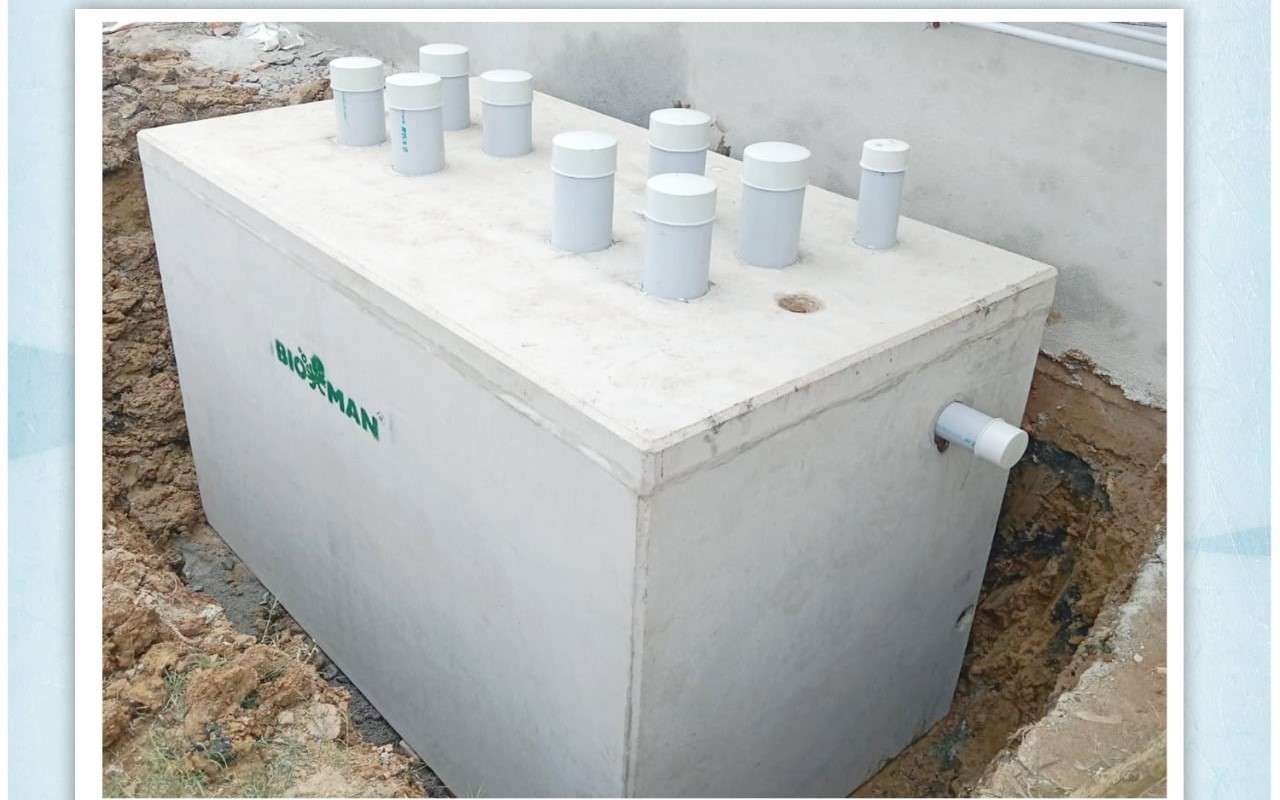In today’s day and age, engaging in international trade is a profitable venture for budding entrepreneurs. However, doing international trade will require an Advance license. Apart from the advanced license, here are 10 important documents that you must have to feasibly start your international trade business. It is advisable to collect all the necessary documents mentioned in this list for the expansion of your business overseas.
1. Proforma Invoice
A Proforma invoice is a quoted amount provided by the company to the buyer in an international transaction. A proforma invoice is a crucial document for the international prospect who uses it for calculating financing, opening a letter of credit, applying for import licenses, etc., and documents used in international trade.
A proforma invoice is very similar to a bill of lading, which provides the following information.
- Things such as the specifics like who is the buyer and seller in the transaction are among the topics to be discussed.
- Full information regarding goods or services, such as the price and the amount for international trade.
- The source of the payment.
- The delivery details of the goods or services, for instance, the delivery spot as well as the source or routes of the delivery.
- The currency that is used for payments.
Add the expiration date to your proforma invoice carefully and it will save you the hassle of even a minor mistake, which could be harmful to your business.
2. Commercial Invoice
As you hand over a sample invoice to your overseas buyer, start preparing goods for shipping and do all the documentation work to make international trade. The Commercial Invoice for international trade looks quite the other way from the commercial invoice which is typically used for domestic trade.
Commercial invoices that you create for your companies are different from the invoices that you create for your companies. On a domestic level, the invoices used in your business are issued to be maintained in your account records and also for payment.
The commercial invoice that is used for international trade includes
- Order number
- Purchase order number
- Customer reference number
- Banking and payment information
- The detail, value, and quantity of products or goods.
In addition, in a commercial invoice, you can add marine insurance information and other things that will help the buyer get a picture of the movement of the goods in transit.
3. Packing List
The export packaging list is a vital international trade document for freight forwarders, banks, and customs officials. A freight forwarder will ask for an export packing list so that with the help of the information provided in the packing list he will be able to know about the bills of lading for the shipment.
On the other hand, the bank of the seller will read the packing list too so that you can receive the payment from the buyer under a letter of credit.
Moreover, the customs officer needs an export packing list so that he knows which pack to check rather than checking all the shipments.
The packing list includes the following details:
- Items in the shipment
- Nett, Gross weight, and Dimensions, the package.
- There are specific safety instructions that should be followed during the goods delivery.
In case there is any damage or loss of cargo and the carrier and exporter do not agree, the company can claim insurance based on the packing list.
4. Shipper’s Letter of Instruction (SLI)
This letter is one of the most important documents used for international trade. The purpose of this document is to process the export with a freight forwarder. It doesn’t matter who will hire a freight forwarder for the transport of goods, the shipper’s letter of instruction is a document that is a must-have for international trade.
According to the conditions of the sales agreement, SLI will provide the necessary documentation for international trade.
With SLI, a Limited Power of Attorney is granted, so an authorized person can complete the delivery on your behalf.
5. Certificate of Free Sale
Sometimes a certificate of free sale is called a certificate for export and a certificate to foreign governments. This is proof that goods such as food items, cosmetics, medical devices, or biologics are legally allowed to be sold in the open market with no restrictions. The goods are certified by the authorities in the country where they are made.
Certificate of Free Sale is one of the documents you will be required to present to register your new product in a country for international trade. It is the kind of information you give to the authorities to confirm that the product you are offering for sale or service you are offering is legal in its origin country.
6. Certificates of Origin
This paper also holds details of the country where the goods are from. The use of the certificate of origin becomes valid when it is signed by organizations of a semi-official nature, like chambers of commerce or consulate officers.
A certificate of origin is also a document used for international trade if the name of the country the goods originated from is indicated in your commercial invoice.
7. Inland Ticket
This certificate is for the export of goods between the exporter and the consignee. This document is the name of the delivery state in which the goods are sent. It is also proof that goods are not in the warehouse and are picked up for delivery.
8. Air Waybill
It is a negotiable bill for the goods that are sent out by air. This document functions as a contract of carriage between the shipper and the carrier in international trade. The International Air Transport Association (IATA) issues air waybills.
9. Bill of Lading on the Ocean
There are two ocean bills of lading to transport your goods by the ocean vessel. The straight bill of lading is not negotiable and it is signed by a particular consignee. A negotiable bill of lading is a receipt to prove that the product or good has been successfully transferred to the new owner and thereby forwarded to the buyer’s bank.
10. Dangerous Goods Forms
These documents are needed to transport the dangerous goods. It doesn’t matter that your product is categorized as dangerous goods by the International Air Transport Association (IATA) or the International Maritime Organisation (IMO). You must fill in a dangerous good form for international trade.










